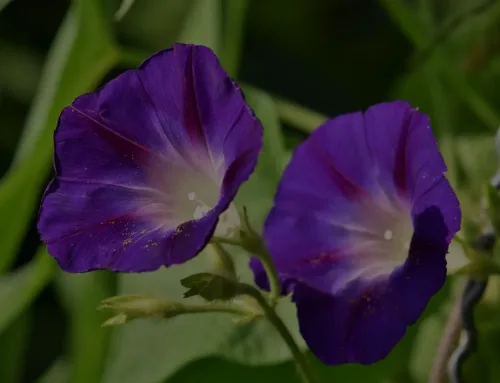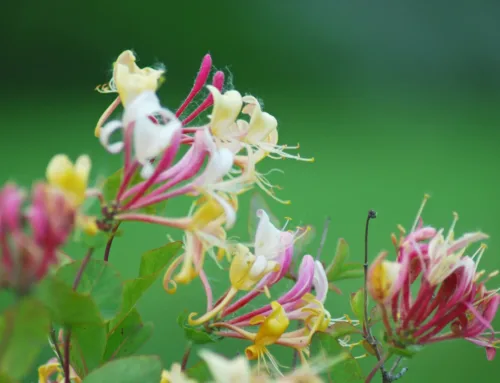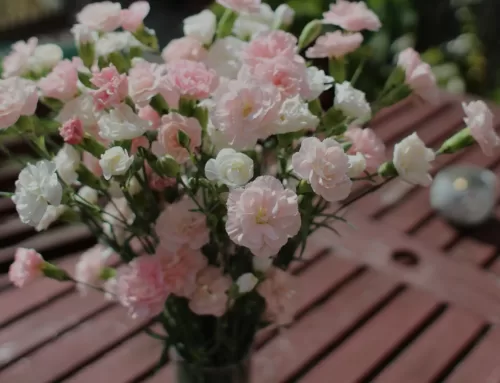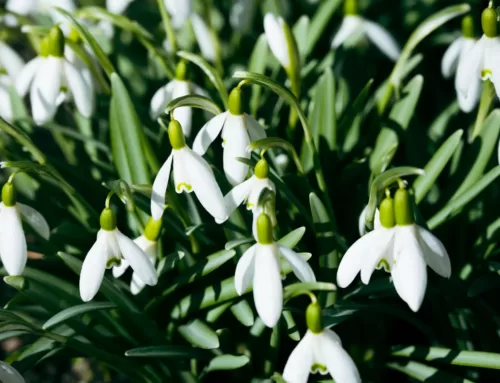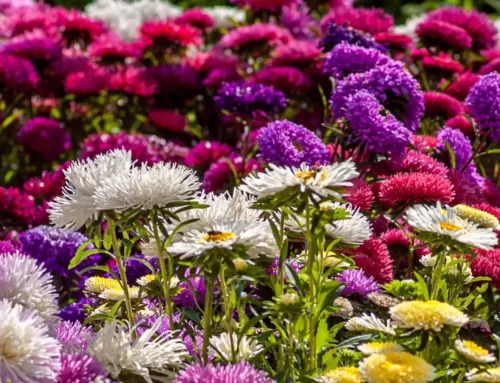The Water Lily is one of the July birth month flowers and is undeniably one of the most beautiful and fascinating aquatic plants in the world.
These stunning flowers have captured the imaginations of people for centuries with their vibrant colors and unique characteristics
It represents Positivity, Dignity and Grace
Here are 10 interesting facts about Water Lilies that you may not have known:
- 1
Water lilies are not actually true lilies, but rather aquatic plants belonging to the Nymphaeaceae family.
They are known for their round, flat leaves and beautiful, fragrant flowers that float on the surface of the water.
- 2
There are over 70 different species of water lilies found around the world, with the majority of them native to tropical and subtropical regions.
These plants can be found in ponds, lakes, and slow-moving streams.
- 3
Water lilies have evolved to thrive in aquatic environments, with specialised adaptations that allow them to grow and reproduce underwater.
Their leaves are coated with a waxy substance that repels water, keeping them dry and allowing them to float on the surface.
- 4
The flowers of water lilies are pollinated by beetles and flies, as well as by wind and water.
The fragrance of the flowers attracts these pollinators, who help to transfer pollen between plants.
- 5
Water lilies have a fascinating reproductive strategy known as cleistogamy, where some flowers are self-pollinating and do not open at all.
This ensures that the plant can reproduce even when pollinators are scarce.
- 6
The roots of water lilies are anchored in the mud at the bottom of the water, while the leaves and flowers float on the surface.
This allows the plant to efficiently absorb nutrients from the water and sunlight from above.
- 7
Water lilies are not just beautiful to look at – they also serve an important ecological function in aquatic ecosystems.
Their floating leaves provide shade and protection for fish and other aquatic animals, while their roots help to filter and purify the water.
- 8
Water lilies have long been cherished by cultures around the world for their beauty and symbolism.
In ancient Egypt, the blue lotus (a type of water lily) was associated with the sun and rebirth, while in Asian cultures, water lilies represent purity and enlightenment.
- 9
Monet, the famous French Impressionist painter, was particularly captivated by water lilies and painted over 250 works featuring these flowers in his iconic water garden at Giverny.
His serene and dreamy depictions of water lilies continue to inspire art lovers today.
- 10
Water lilies are not just a feast for the eyes – they are also a source of inspiration for scientists and researchers looking to unlock the secrets of their amazing adaptations.
Studying the unique properties of water lilies could lead to new innovations in materials science, biotechnology, and environmental conservation.

